Facial recognition techniques have long been used to identify primates, including humans.
But, up ’til now, there’s really been no effective way of identifying wild species like the grizzly (brown) bear who, unlike the zebra or giraffe, lacks unique and consistent body markings.
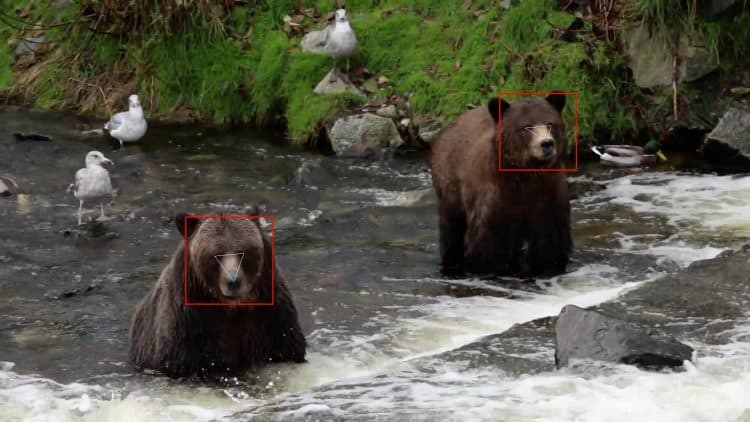

In co-operation with two US software developers, four scientists from the University of Victoria, Canada, brought the idea to reality. They tested their system on grizzlies at two locations – Knight Inlet, British Columbia, CA, and Katmai National Park, Alaska, US. After taking thousands of pictures, they were able to positively identify 132 individuals with almost eighty-four percent accuracy.
The technology enables wildlife monitoring on larger scales and in higher resolution than before. And it can be applied, not only to the grizzly, but to many other mammals, as well. This, in turn, could allow conservationists and lawmakers to tackle global challenges such as biodiversity and habitat loss.
Knight Inlet, one of the two locations for the research, is home to a First Nations Lodge where bear-watching forms part of the local eco-tourism industry.
A band official there, Dallas Smith is impressed with the results.
“This amazing technology will help us identify individual bears and better understand their movement and interactions throughout our territories, which will enable us to build better management plans around habitat protection. It will also help us manage and mitigate the impact of wildlife viewing, as well as positioning ourselves to more effectively and efficiently deal with bear-human conflicts that are becoming more and more prevalent.”
These new techniques, described as a “deep learning approach,” were published recently in the journal, Ecology and Evolution.
Top photo: An adult female grizzly. All images by Melanie Clapham, U of Victoria, Canada.
What you can do
Support ‘Fighting for Wildlife’ by donating as little as $1 – It only takes a minute. Thank you.
Larry Powell
I’m a veteran eco-journalist living in Shoal Lake, Manitoba, Canada. I have a life-long love of wildlife & natural places. After working for radio and TV stations for about 30 years, I've turned to science writing as a freelancer specializing in the Earth Sciences. I’m a member of the Science Writers & Communicators of Canada and the American Association for the Advancement of Science. I’m authorized to receive embargoed material through the Science Media Centre of Canada, the Royal Society, NatureResearch and the World Health Organization. This allows me advance access to important, peer-reviewed research often warning of habitat loss and the threat of extinction facing many wild species, usually thanks to human intrusion and intervention by the hand of man. They then often become "hot-off-the-press" stories which are ready to publish the moment the embargoes are lifted. I publish www.PlanetInPeril.ca (PinP) "Where Science Gets Respect." I own professional photographic gear and am sometimes able to enhance my stories with my own images.
- Web |
- YouTube |
- More Posts(14)
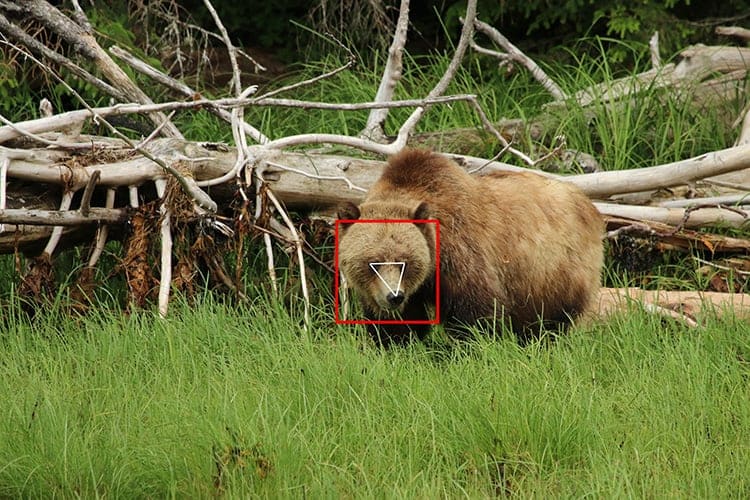
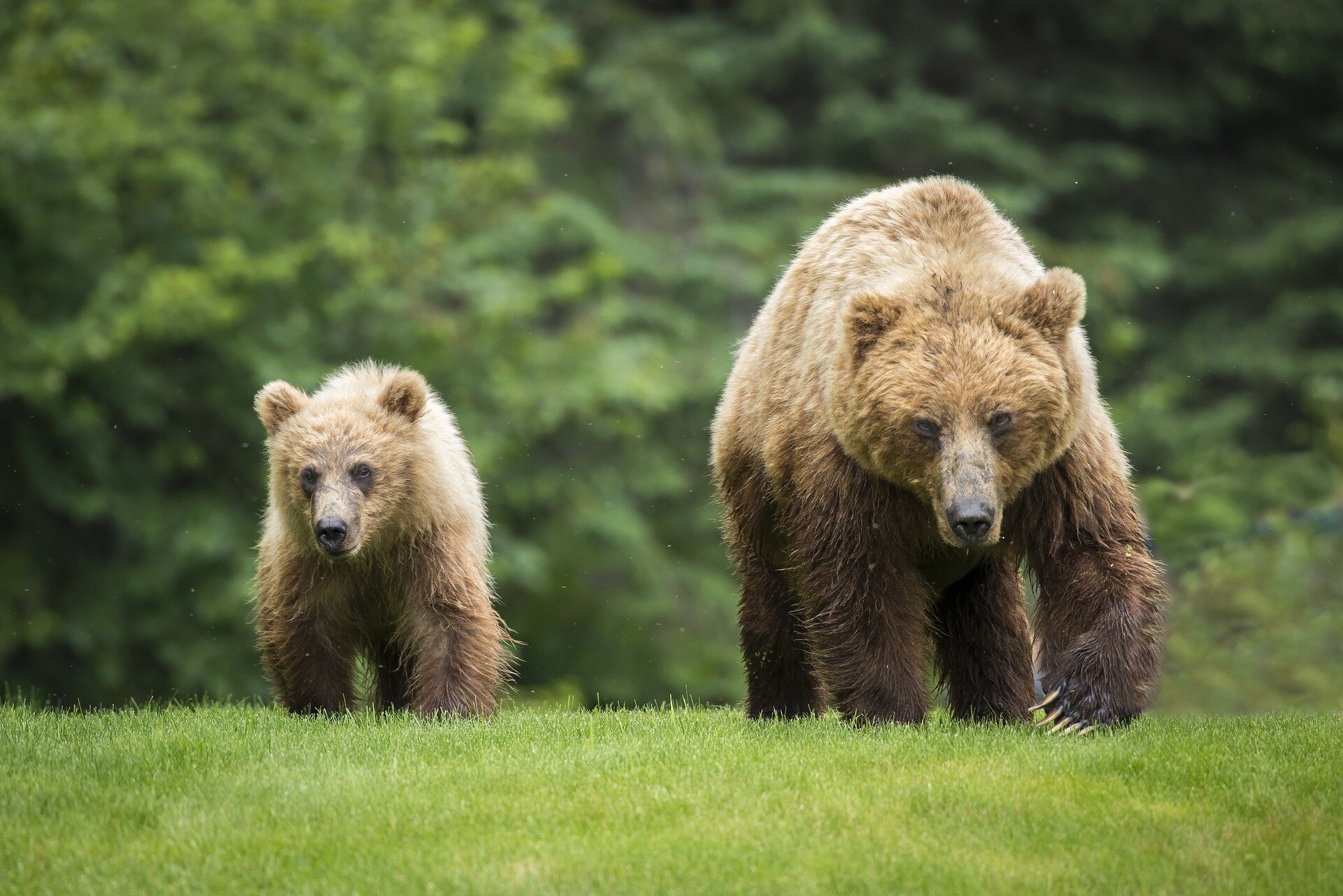
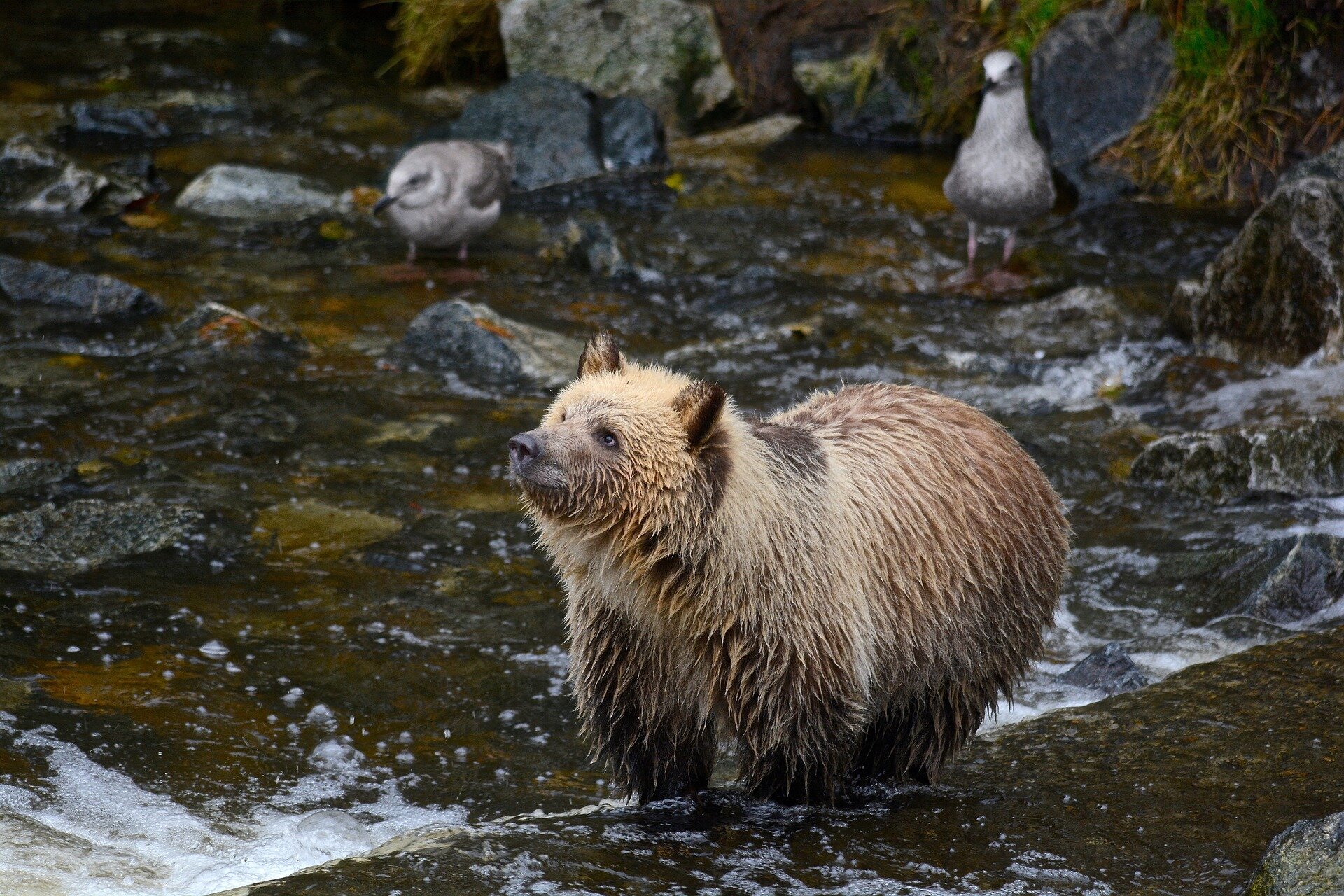
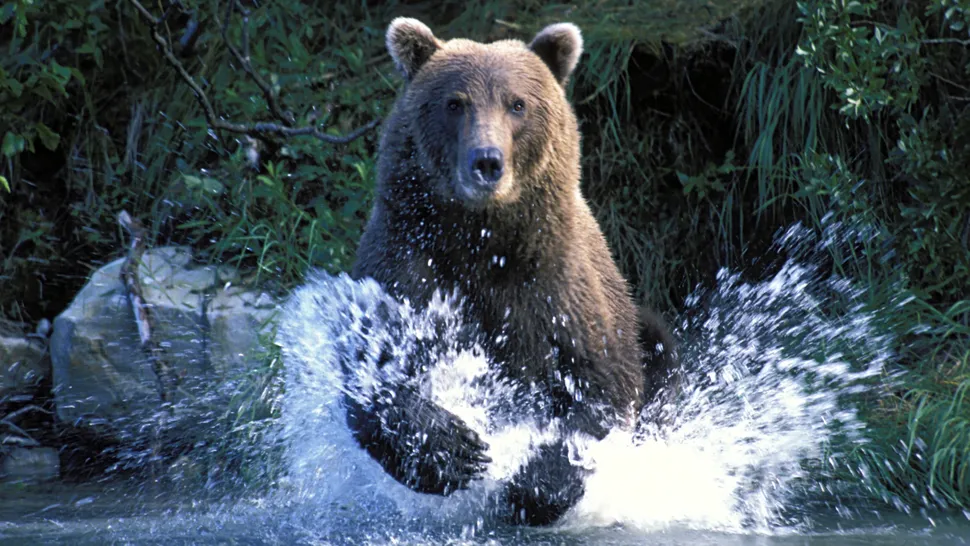

Leave a Reply